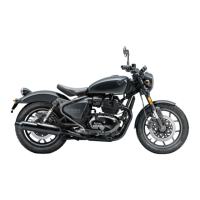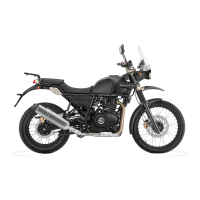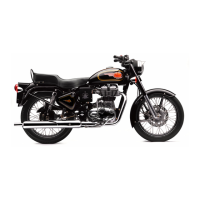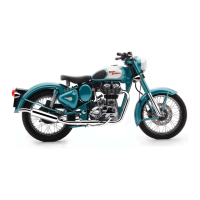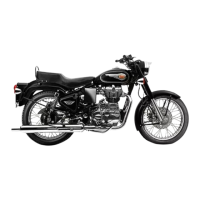1. General
The model PUZ5E (see Fig. 1) is a "dry
charged" battery and is supplied without
electrolyte but with its plates in a charged
condition. When the battery is required for service
it is only necessary to fill each cell with sulphuric
acid of the correct specific gravity. No initial
charging is required.
2. Preparation for Service
The electrolyte is prepared by mixing together
distilled water and concentrated sulphuric acid,
using lead-lined tanks or suitable glass or
earthenware vessels. Slowly add the acid to the
water, stirring with a glass rod. Never add water to
the acid, as this causes dangerous spurting of the
concentrated acid. The specific gravity of the
filling electrolyte depends on the climate in which
the battery is to be used.
Heat is produced by the mixture of acid and
water, the electrolyte should be allowed to cool
before pouring it into the battery.
The specific gravity of the electrolyte varies
with the temperature. For convenience in
comparing specific gravities, they are always
corrected to 60°F, which is adopted as a
reference temperature.
The method of correction is as follows :-
For every 5°F. below 60°F., deduct .002
from the observed reading to obtain the true
specific gravity at 60°F. For every 5°F. above
60°F. add .002 to the observed reading to obtain
the true specific gravity at 60°F.
The temperature must be that indicated by a
thermometer having its bulb actually immersed
in the electrolyte and not the ambient
temperature.
Fill the cells to the tops of the separators, in
one operation. The battery filled in this way is
90
o
/
o
charged. When time permits, a short
freshening charge for no more than four hours
at the normal recharge rate of 1.0 amp. should
be made.
3. Routine Maintenance
Fortnightly (or more frequently in hot
climates) examine the level of electrolyte in the
cells and if necessary add distilled water to bring
the level up to the tops of the separators. The use
of a Lucas Battery Filler will be found helpful,
as it ensures that the correct electrolyte level is
automatically maintained and also prevents
distilled water from being spilled on the top of
the battery (see Fig. 2).
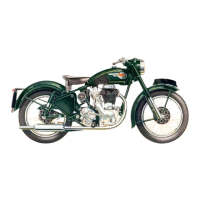
